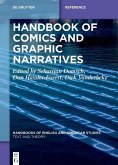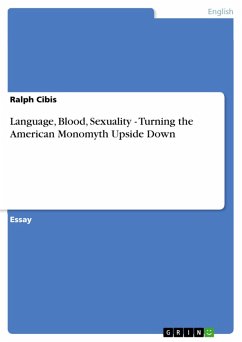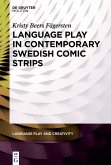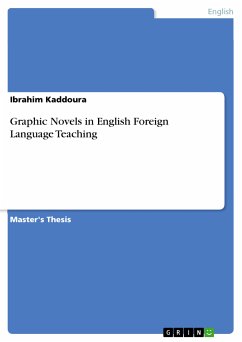Diploma Thesis from the year 2012 in the subject American Studies - Literature, grade: 1,7, Martin Luther University, language: English, abstract: Throughout the history of the modern graphic narrative in America, its format has extended from short newspaper comic strips to the substantially longer graphic novels of today. During this physical evolution, the stylistic features of the art form were gradually broadened, as well. Defining creators transcended the formal characteristics of the art form, hence, establishing and constantly enriching a variety of narrative tools. Simultaneously, the cultural acceptance of comics as an acknowledged form of expression has also undergone a major shift. Today, authorities and institutions of highbrow literature are increasingly starting to recognize recent ambitious comic books as sophisticated works. Within the last twenty years, even recognized literary institutions outside of the comic book field have honored exceptional creators for their outstanding achievements. Moreover, discussions on the art form have lead to steadily growing academic interest. Hence, the art form has slowly gained social respectability.The majority of critics mainly praised today's graphic novels for their social, political and cultural relevance. However, the graphic narrative has a long tradition in fulfilling this criterion of culturally appreciated literature. By advancing the medium's formal means of expression, the eradefining creators widened comics' potential to critically reflect upon contemporary issues, confront controversially discussed questions and challenge established norms and values. The following analysis tests this thesis by chronologically approaching several periods of comic history. This work follows Duncan and Smith's historical periodization, as they respect crucial changes in both form and function (22-24). Considering four historical stages of creative proliferation, this thesis regards comics' evolution from newspaper-bound comic strips to independent comic books and its ultimate transition to the graphic novel. Each of the four chapters first analyses significant changes in the format, industry and culture of comics before determining the period's major stylistic innovations. Subsequently follows an approach to the social, political and cultural criticism during the particular era in relation to the historical context in order to investigate comics' functional development. The end of each chapter evaluates how the changes in format and production as well as the stylistic innovations influenced comic creators' ability to formulate their disapproval.
Dieser Download kann aus rechtlichen Gründen nur mit Rechnungsadresse in A, B, BG, CY, CZ, D, DK, EW, E, FIN, F, GR, HR, H, IRL, I, LT, L, LR, M, NL, PL, P, R, S, SLO, SK ausgeliefert werden.









